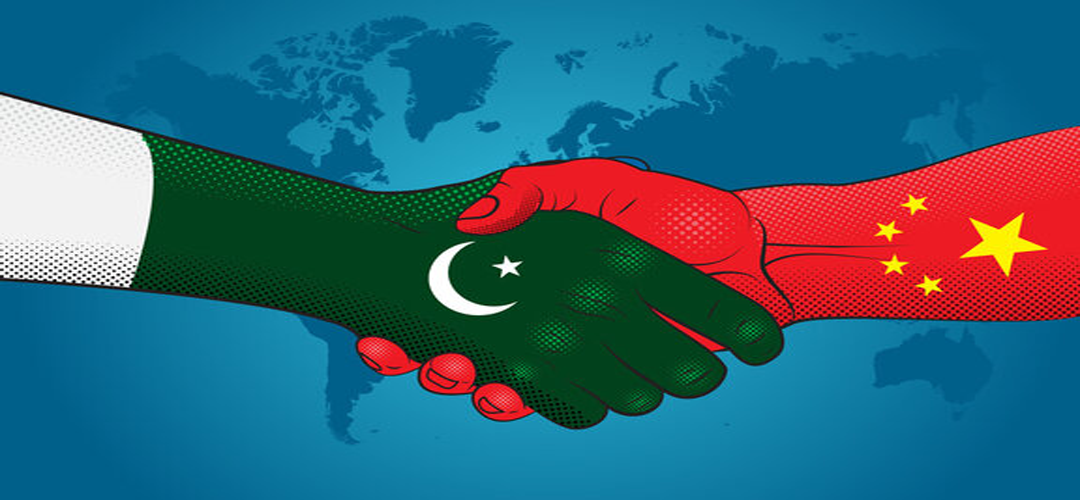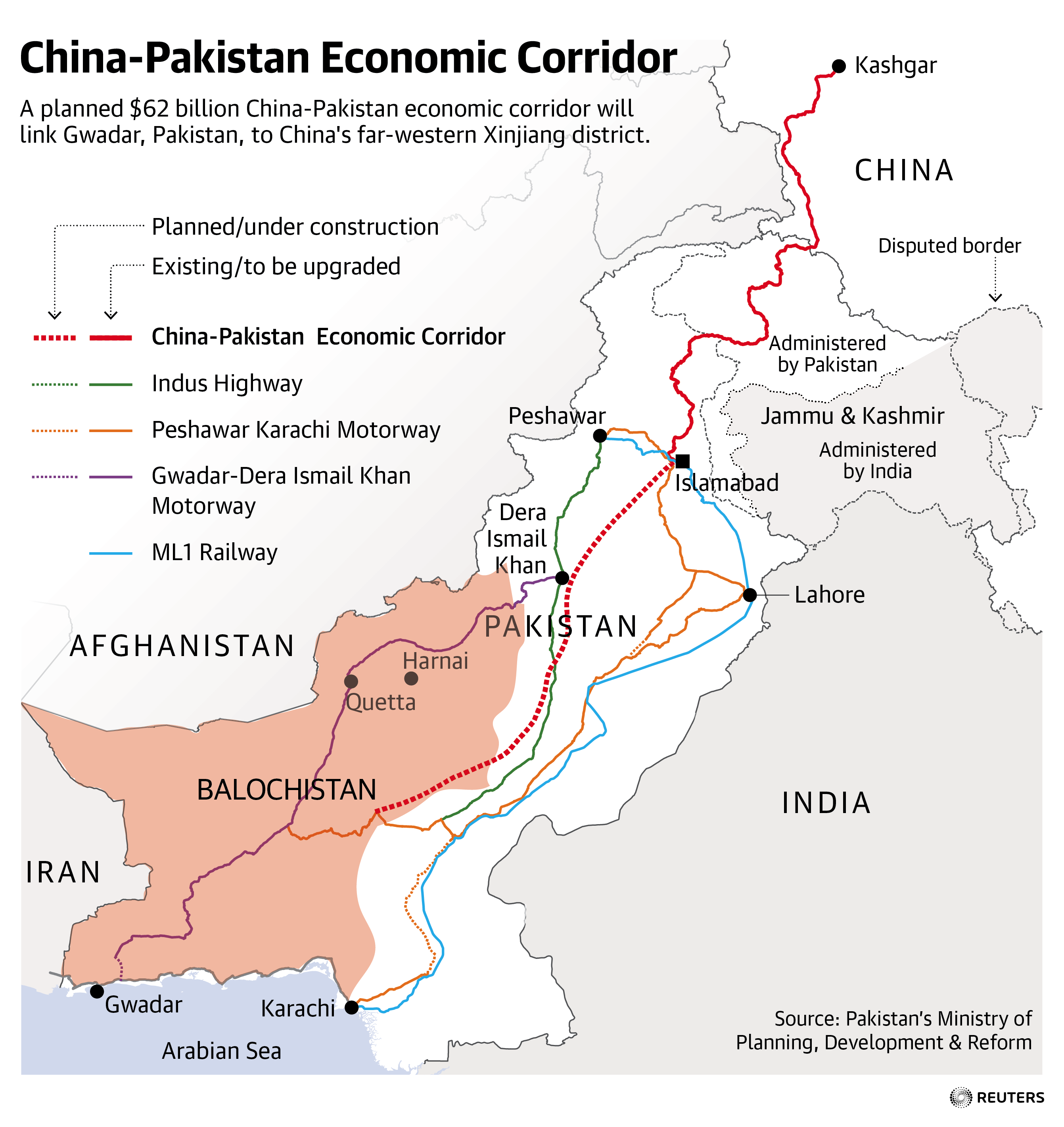CPEC: A BUMPY ROAD AHEAD
October 8, 2022 | Expert Insights

Time and again, history has taught us that development can be both a blessing and a curse. The China-Pakistan Economic Corridor (CPEC) envisions bringing prosperity through building energy projects, ports, transportation systems and special economic zone and acts as a game changer for the country's ailing economy. Nevertheless, the corridor has paved the way for new sources of conflict and tension in Pakistan.
On September 28, a gunman opened fire inside a dental clinic in Karachi, Pakistan's southern port city, killing a Chinese national and injuring two others. A relatively new and little-known Sindhi Ethno-nationalist militant group from Pakistan's southern Sindh province claimed responsibility for the attack. It could be a new breakaway organization with ties to separatist ethnic-nationalists who have previously carried out such attacks on Chinese nationals in Karachi.
Background
CPEC is a $62 billion package of infrastructure projects launched in 2015. Despite strict security measures by the Pakistani government to protect Chinese nationals working on it, militant groups have continued to wreak havoc and cause panic among Chinese citizens and authorities, primarily by pursuing soft targets.
The Karachi incident is the most recent in a string of assaults against Chinese citizens. The separatist Baloch Liberation Army (BLA) has opposed CPEC openly since the project's inception. The BLA uploaded videos on social media threatening to harm CPEC projects. They contend that these construction initiatives pose a danger to the Baloch identity. They accused China and Pakistan of exploiting the resource-rich region.
The BLA committed a suicide bombing at Karachi University in April 2021, claiming three Chinese lives. In July 2021, assailants on motorcycles opened fire on a vehicle carrying two Chinese factory workers around the nuclear plant in Karachi, injuring both.
In Baluchistan, ethno-nationalist rebels have ramped up ambushes and suicide bombings against Chinese installations inside and outside Baluchistan.
Perceiving the underlying interests of the Chinese, political activists and Pakistani citizens in Sindh province organized a sizable march on January 17. They shouted chants in favour of freedom while denouncing China for using its resources for its benefit. In November 2020, protests broke out in Karachi after Pakistani labourers were paid lower wages when compared to their Chinese counterparts. Later in August 2021, the port city of Gwadar witnessed massive protests against the Chinese presence in the country. With every passing year, problems for CPEC projects increased.

Analysis
Since Beijing announced the CPEC, the periodic attacks against Chinese nationals in Pakistan's Sindh, Baluchistan, Khyber Pakhtunkhwa, and the Pakistan-occupied Kashmir region revealed the intense opposition of Pakistani citizens to Chinese national and strategic interests. The Saddar region in Karachi is filled with Chinese nationals who have either lived in Pakistan for many years and established their enterprises or arrived as a wave of executives and workers following the start of the CPEC projects.
Karachi has seen an uptick in several Chinese-funded developmental projects; Chinese nationals who reside in Pakistan manage thriving dentistry clinics, Chinese restaurants, and herbal clinics. Additionally, the country's Chinese population is steadily increasing, posing a more significant threat to local prosperity.
The solution to the problem lies when we look at the issue from people's perspective, not security or strategic approach. The Pakistani government's inability to employ Pakistani employees in these projects is one of the primary causes of this widespread discontent. To carry out CPEC projects, Chinese investors engaged Chinese businesses and labourers rather than locals. In response, they felt duped by a foreign government due to the massive influx of Chinese labourers there. The uneven wealth favours outsiders over residents, widening social and political gaps, escalating tension and possibly igniting conflict.
The CPEC has opened the lines of deep economic engagement through engaging elites, but the tale of CPEC is not just about the political elites. China has also forged relationships with a broader range of local stakeholders in Pakistan's energy, media, and education industries. The attacks, when deeply examined, point to local alienation and a widening gap between foreigners and the residents.
Finally, the increasing number of attacks has also created a rift between both governments from time to time, with the Chinese government blaming the Pakistanis for their inability to handle threats.
Assessment
- Militant organizations, such as the BLA and Tehrik-i-Taliban Pakistan (TTP), have denounced CPEC projects as another attempt by the government to exploit the resources of Balochistan while providing little in return for the region. The CPEC provides a soft target for these militant organizations, which will be almost impossible to protect along its entire length. Only a political solution that shares its economic benefits with locals will bring security.
- The federal government must evolve a people-centric policy while dealing with CPEC benefits and security. Else, CPEC might exacerbate tensions to dangerous levels between the federal and central governments and lead to greater bloodletting..








Comments